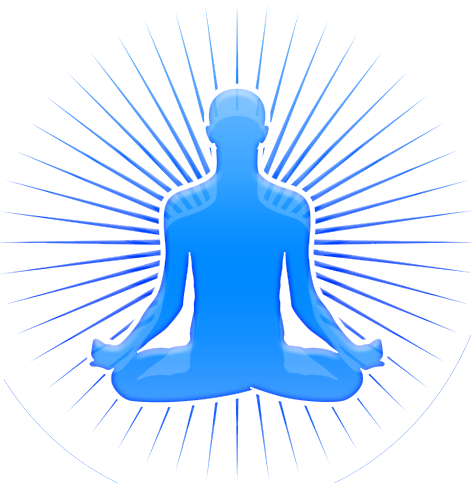What is Ovarian Pain after Menopause?
Ovarian pain after menopause is a very common complaint. It can be due to many reasons, including changes in hormonal levels, pelvic floor tension, and inflammation. In most cases, the pain is localized to the ovary and is usually mild to moderate. However, in some cases, it can be severe and cause significant distress. Treatment typically involves addressing the underlying cause of the pain, which may range from medication to surgery .
Causes of Ovarian Pain after Menopause?
While ovarian pain after menopause is not always easy to identify, there are a few common causes. Some of the most common sources of ovarian pain after menopause include:
Ovarian cysts
Endometriosis
PCOS (polycystic ovary syndrome)
Infertility
UTI (urinary tract infection)
Pelvic inflammatory disease
If you’re experiencing ovarian pain that doesn’t seem to fit into any of these categories, it’s important to see your doctor for an evaluation. In some cases, ovarian pain after menopause can be a sign of other health problems, such as cancer.
Symptoms of Ovarian Pain after Menopause?
There are many symptoms associated with ovarian pain after menopause. It is important to remember that not all women will experience these symptoms, and some women may only experience a few minor symptoms. However, if you are experiencing significant pelvic pain, particularly during intercourse or when making love, it is important to seek medical attention.
The most common symptom of ovarian pain after menopause is pelvic pressure or discomfort. This can occur anywhere from the lower abdomen up into the lower back. Other symptoms may include:
• vaginal dryness or irritation
• irregular menstrual cycles
• fatigue
• nausea and vomiting
• bloating
Methods for Treating Ovarian Pain after Menopause?
The following are methods for treating ovarian pain after menopause:
Dietary changes: Increase intake of omega-3 fatty acids, magnesium, and fiber. Avoid processed foods and eat more fruits, vegetables, and whole grains. Consider supplementing with turmeric or ginger for additional relief.
Exercise: Engage in regular aerobic activity to help improve circulation and reduce inflammation. Also, try yoga or Pilates to improve flexibility and balance.
Acupuncture: This ancient Chinese medical practice has been shown to provide relief from a variety of conditions, including ovarian pain. Contact a licensed acupuncturist to discuss your options.
Best Spiritual Treatment for Menopause
Menopause is a time in a woman's life when her ovaries stop producing eggs. This can happen anywhere from the early forties to the late fifties, but it usually happens around age fifty-five. When menopause happens, your body changes in a way that can make you feel moody, anxious, and uncomfortable. But there are also lots of great things that can happen during menopause - like gaining more self-confidence and understanding your body better. Many medical treatments can help a woman to manage symptoms of menopause. But in spirituality there is a permanent and satisfactory treatment for menopause is available. Which can help women to stay happy during their menopause period. And its best spiritual treatment is Divine Amulet. Which helps and manage symptoms of all female problems related to her uterus, period, PCOS, and menopause period. If you want to be confident and energetic in your menopause time, then wear a Divine Amulet around your neck and just quietly observe a positive change in yourself in 24 hours.
Many Womens And Girls in UK, USA, Bulgaria , Denmark And Finland have been cured from Menopause due to our spiritual healing . Therefore, if you are not getting healing from Insomnia, then definitely wear the Divine Amulet around your neck.
Click the button below for the full details of the Divine Amulet .
In the site Spiritual Discoveries And Spiritual Life you will find a Successful Spiritual Treatment for Back Pain .
In the site Spiritual Discoveries And Spiritual Life you will find a Successful Spiritual Treatment for Back Pain .

